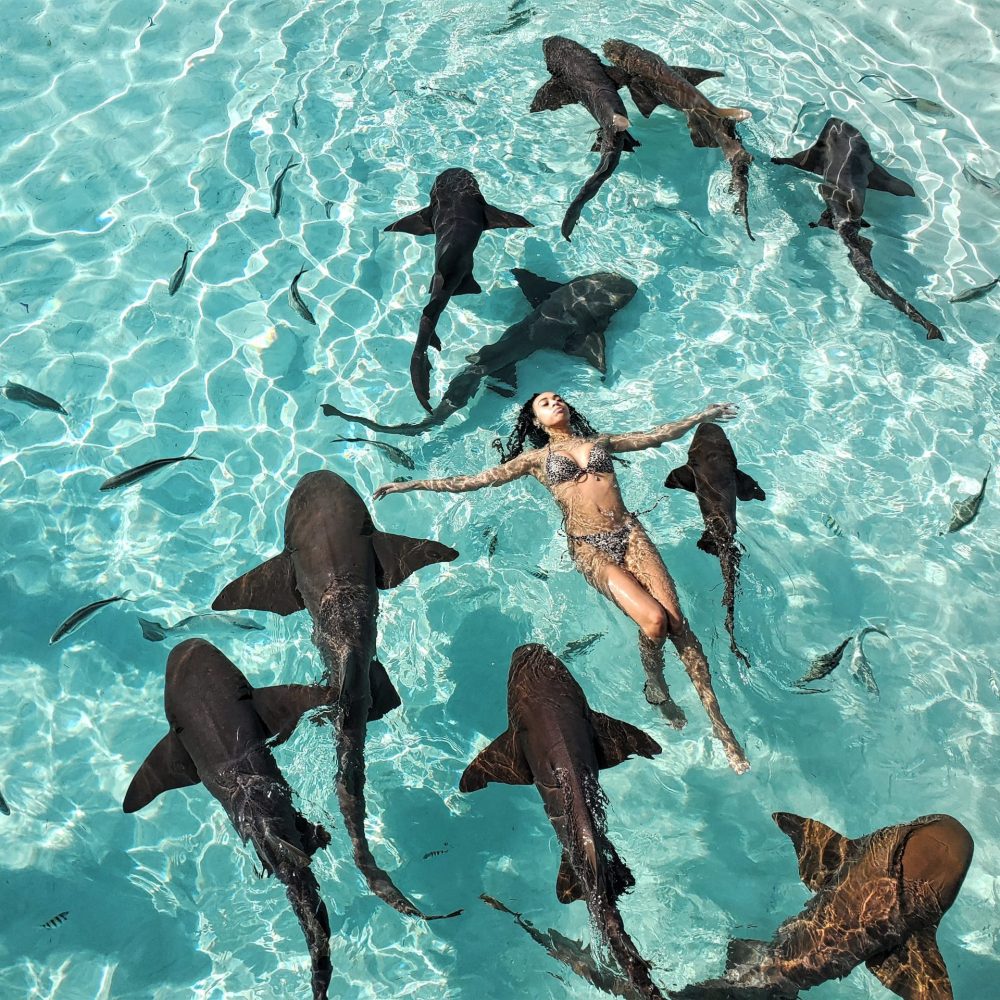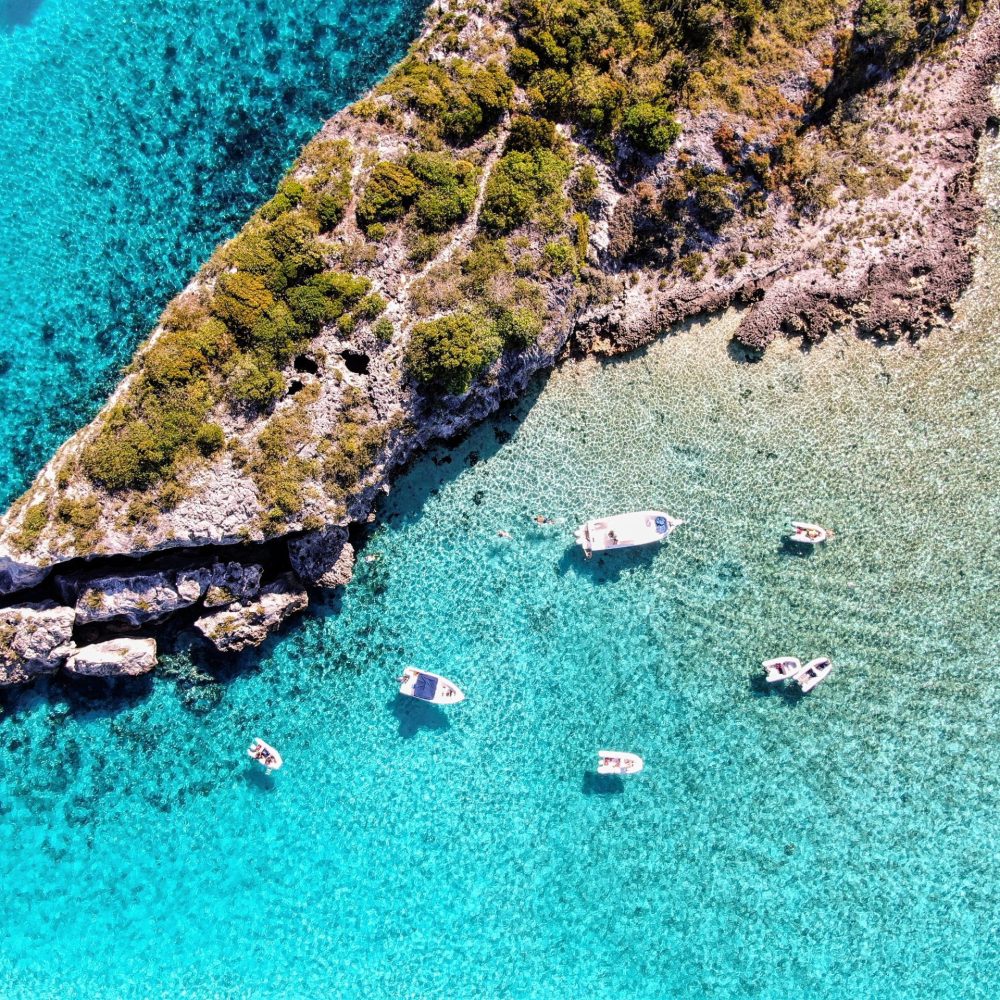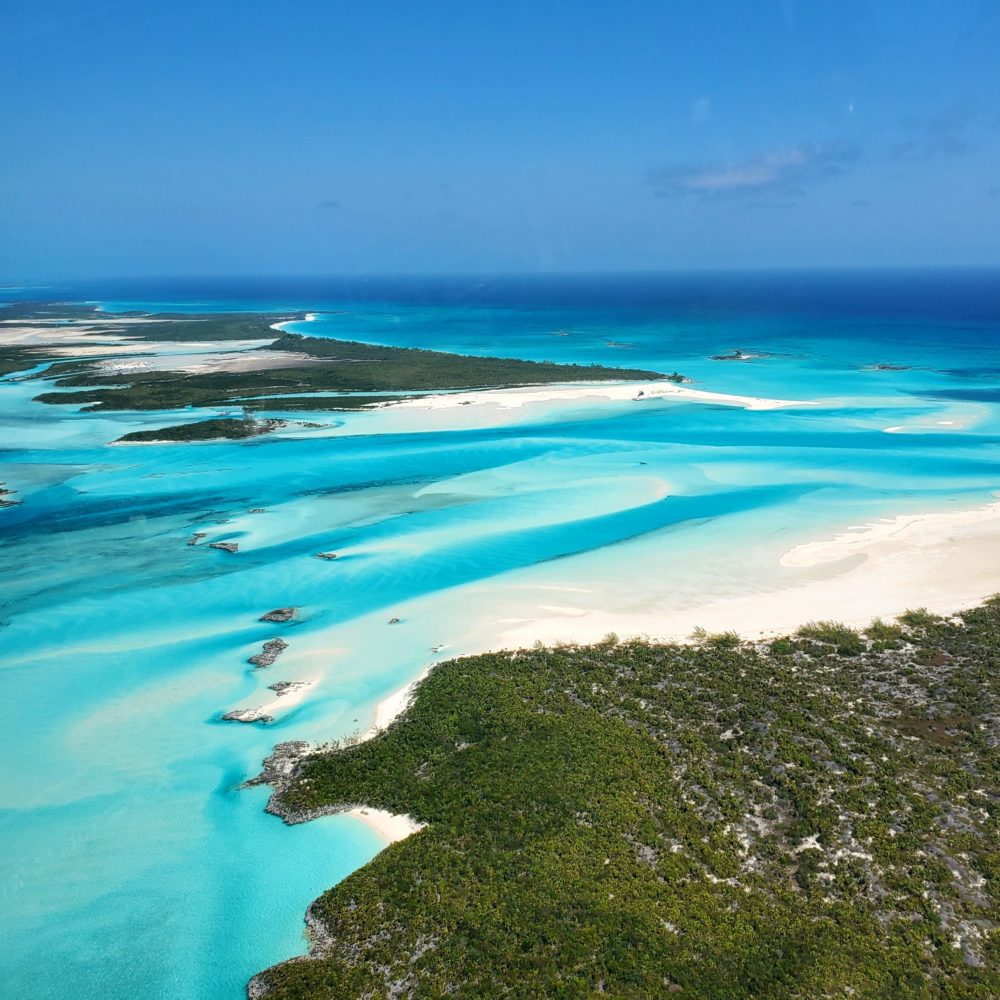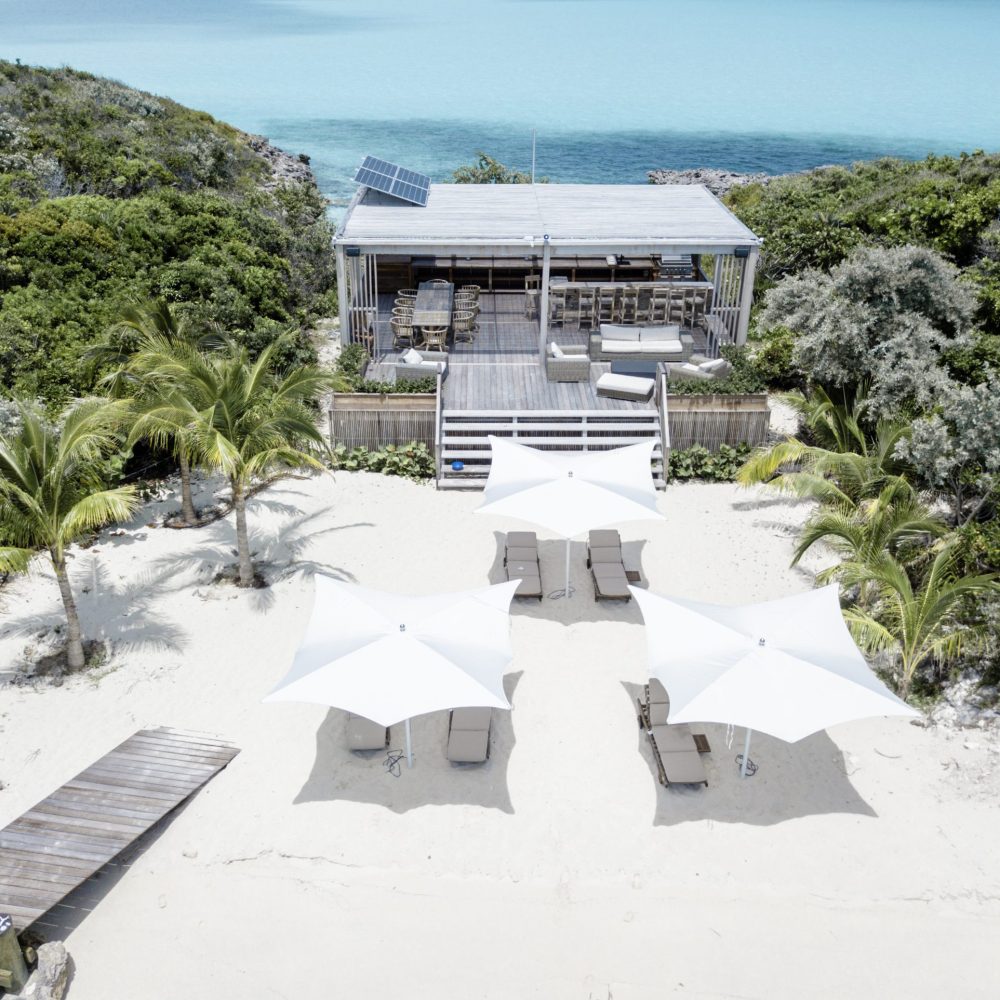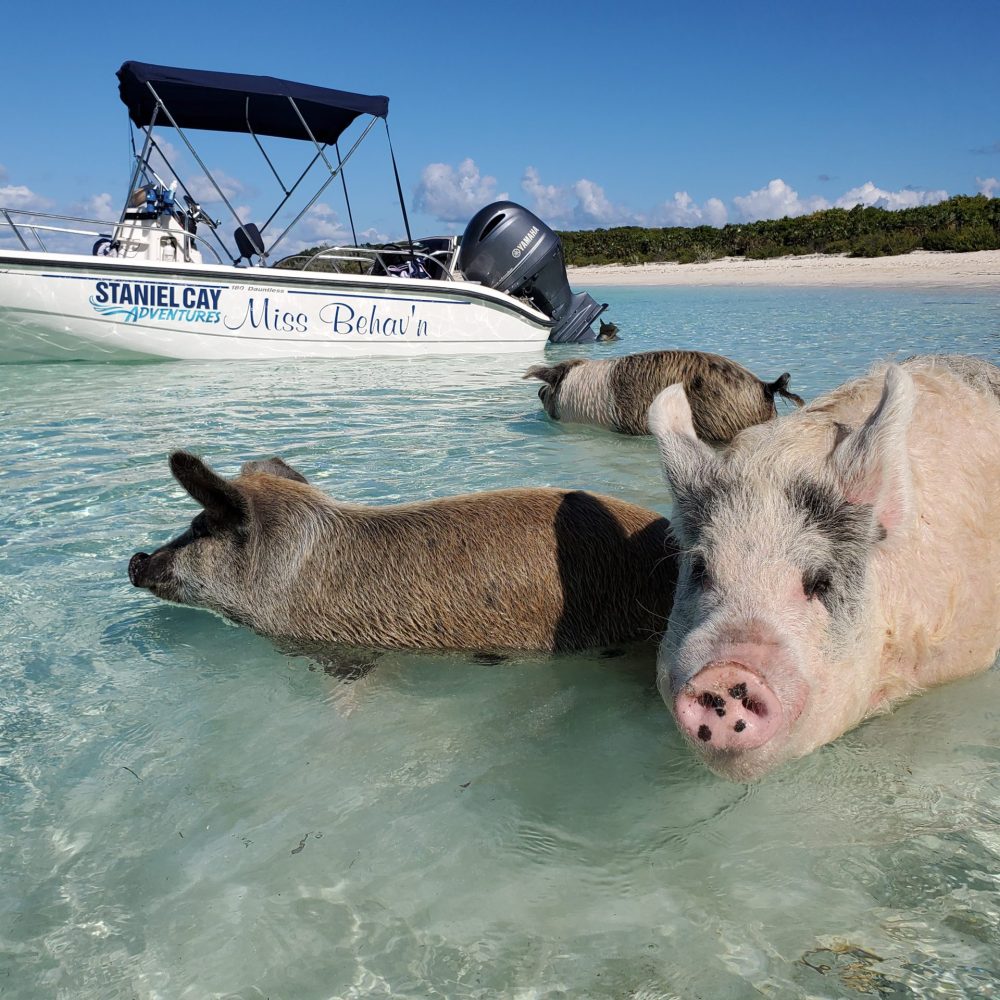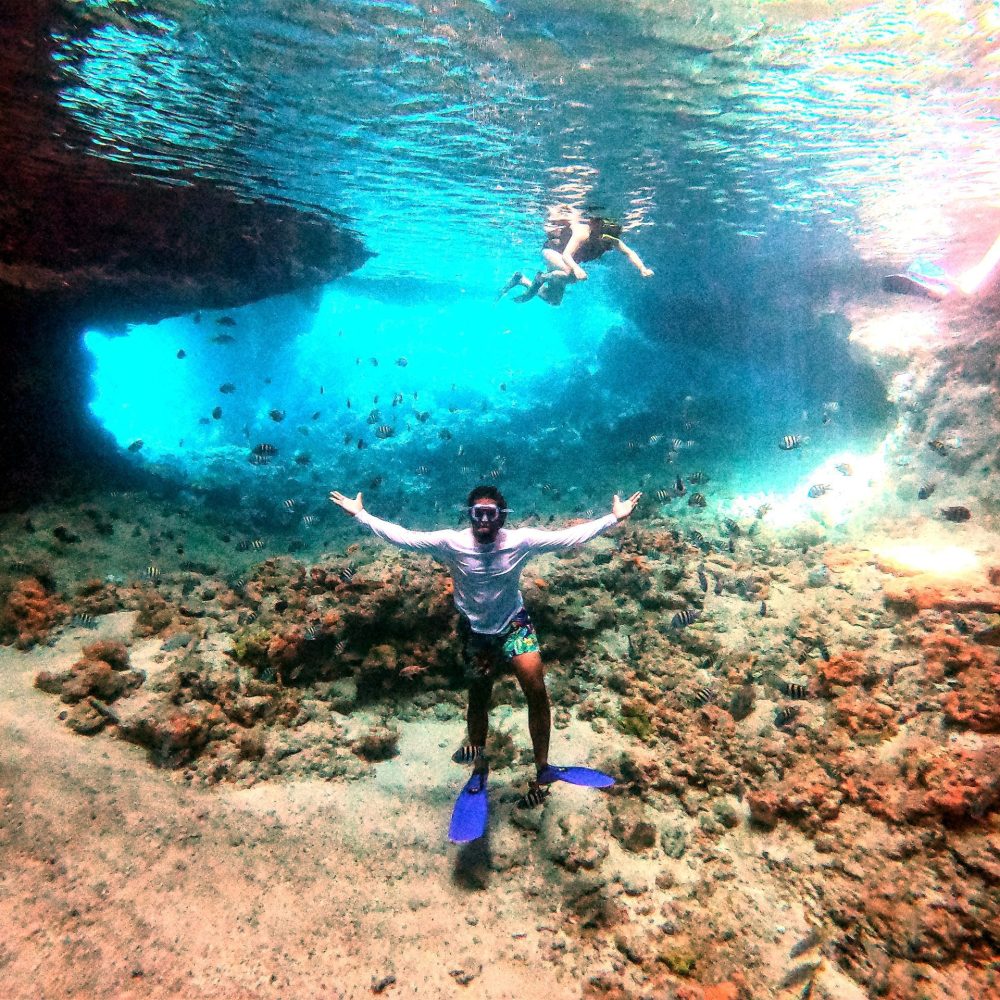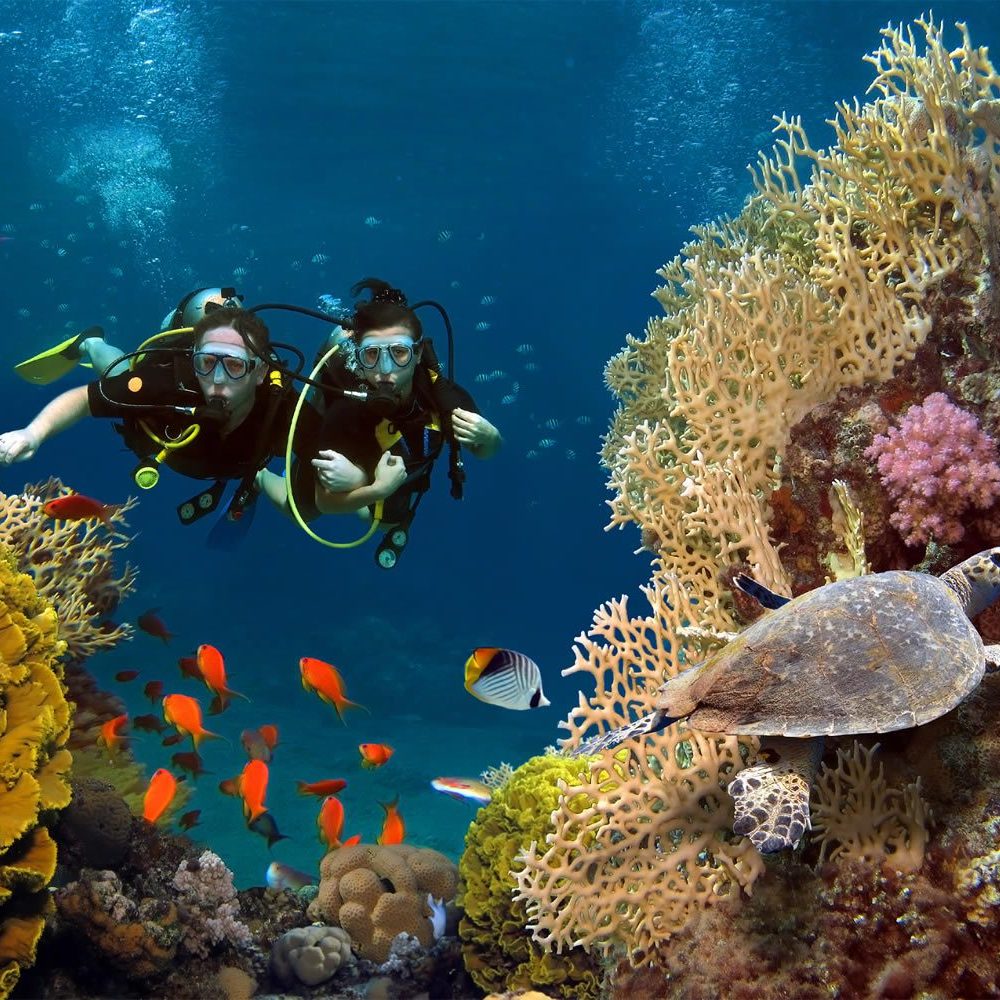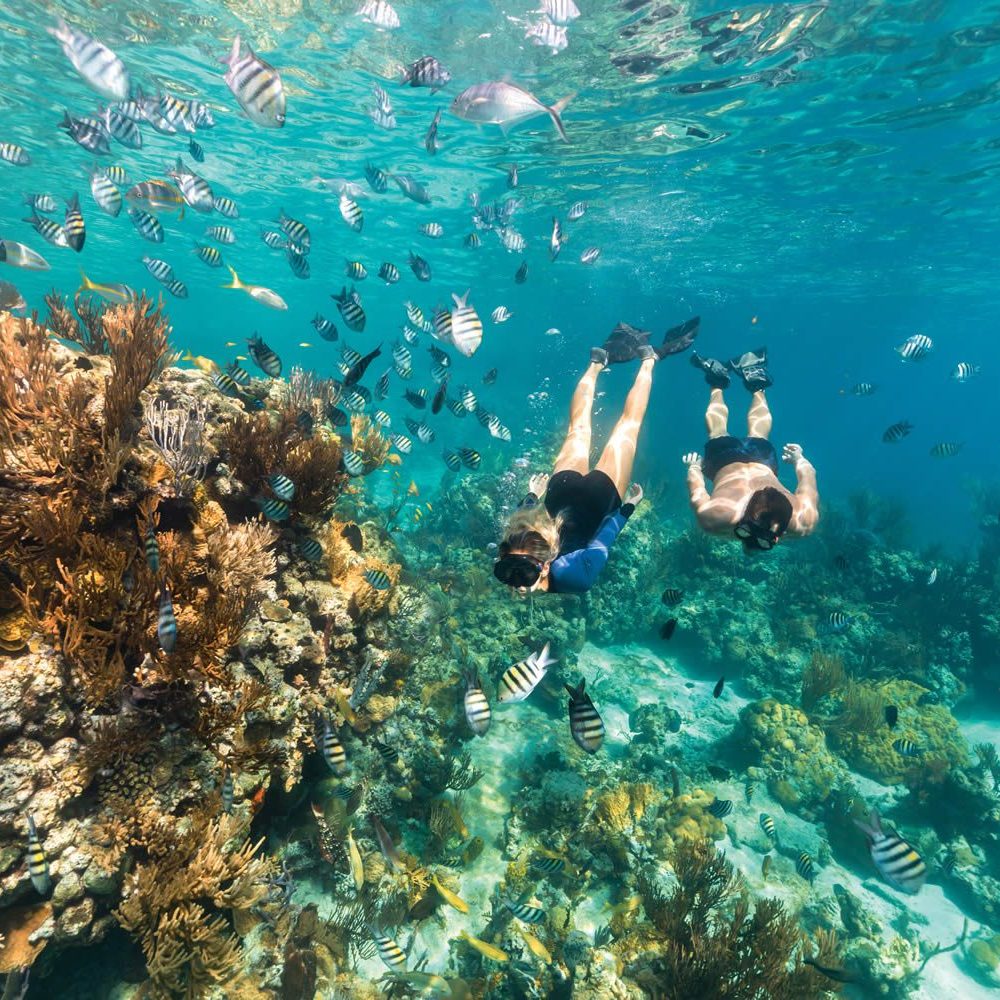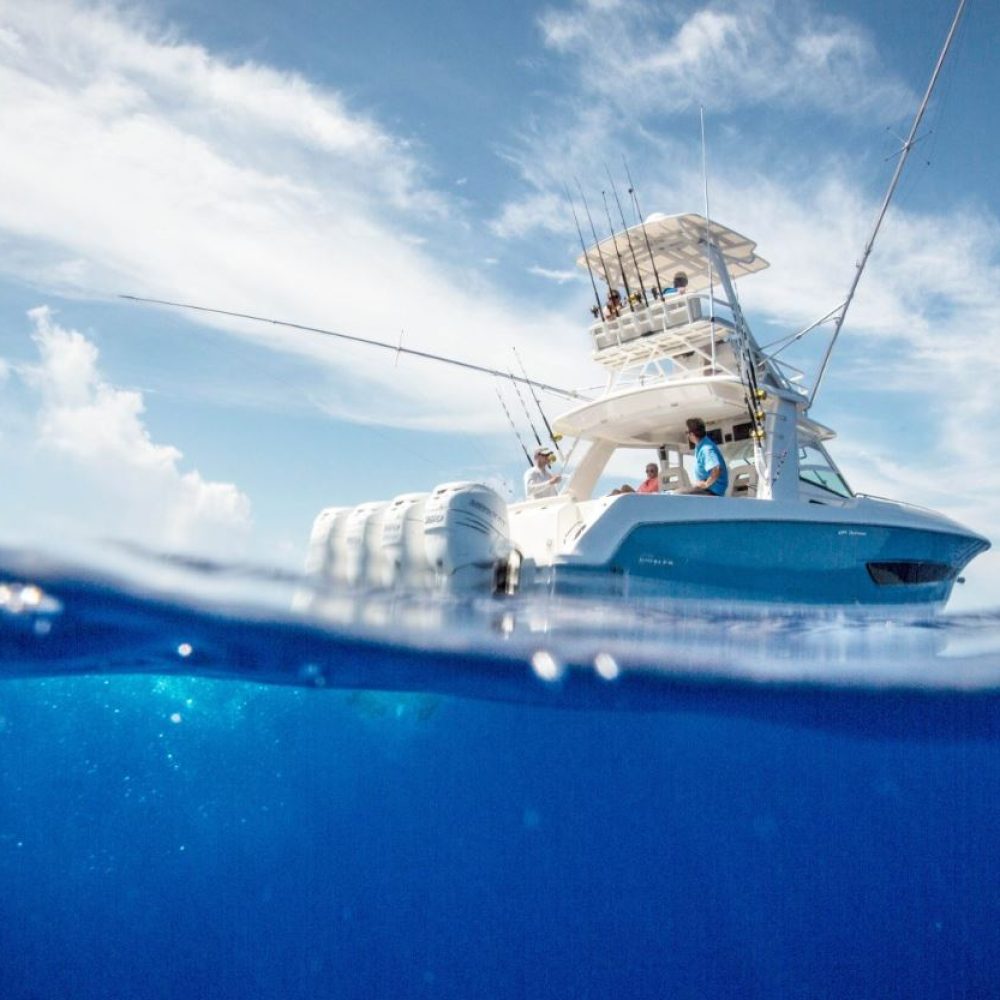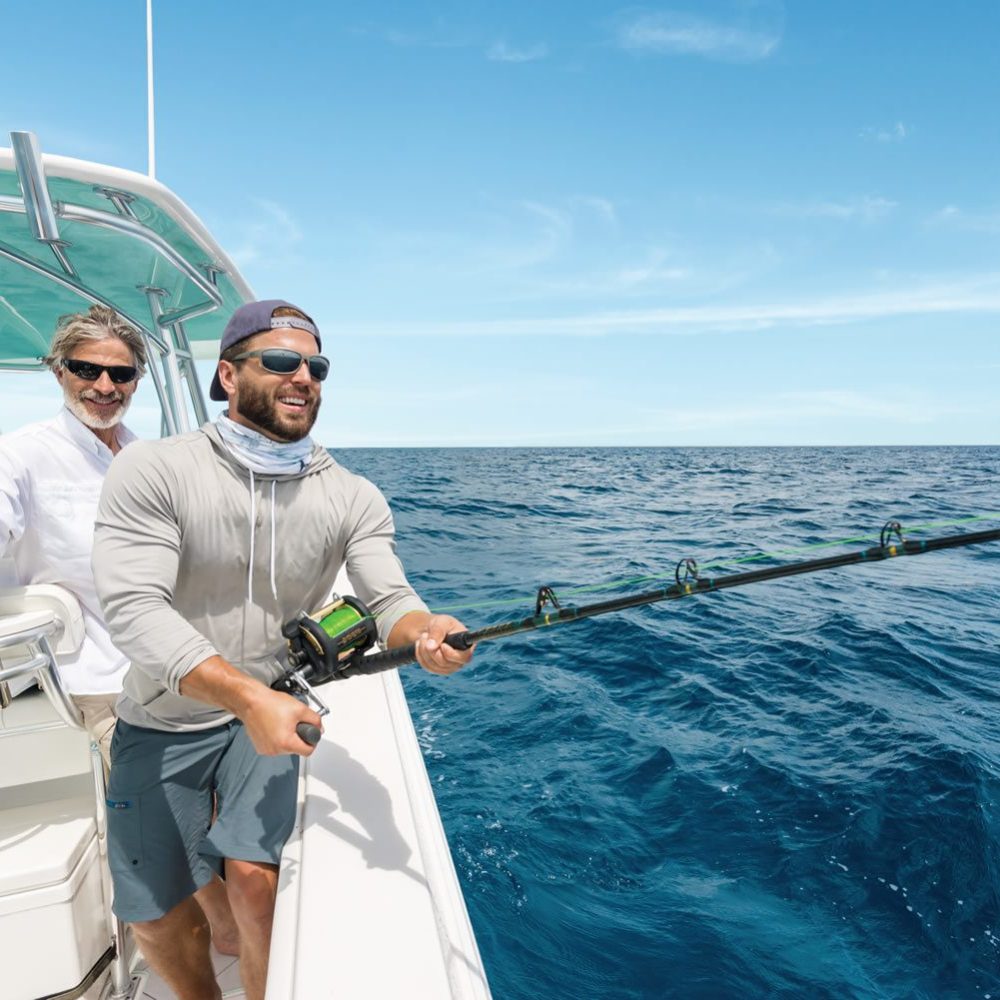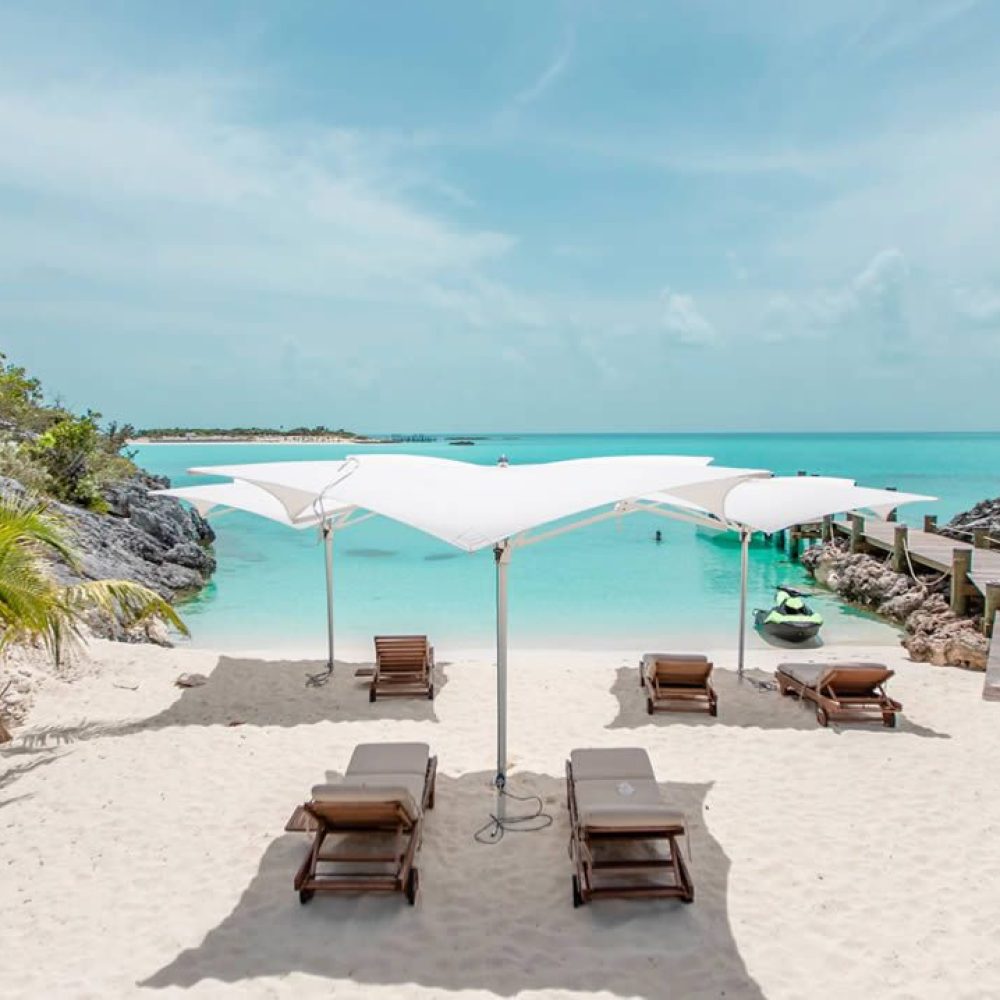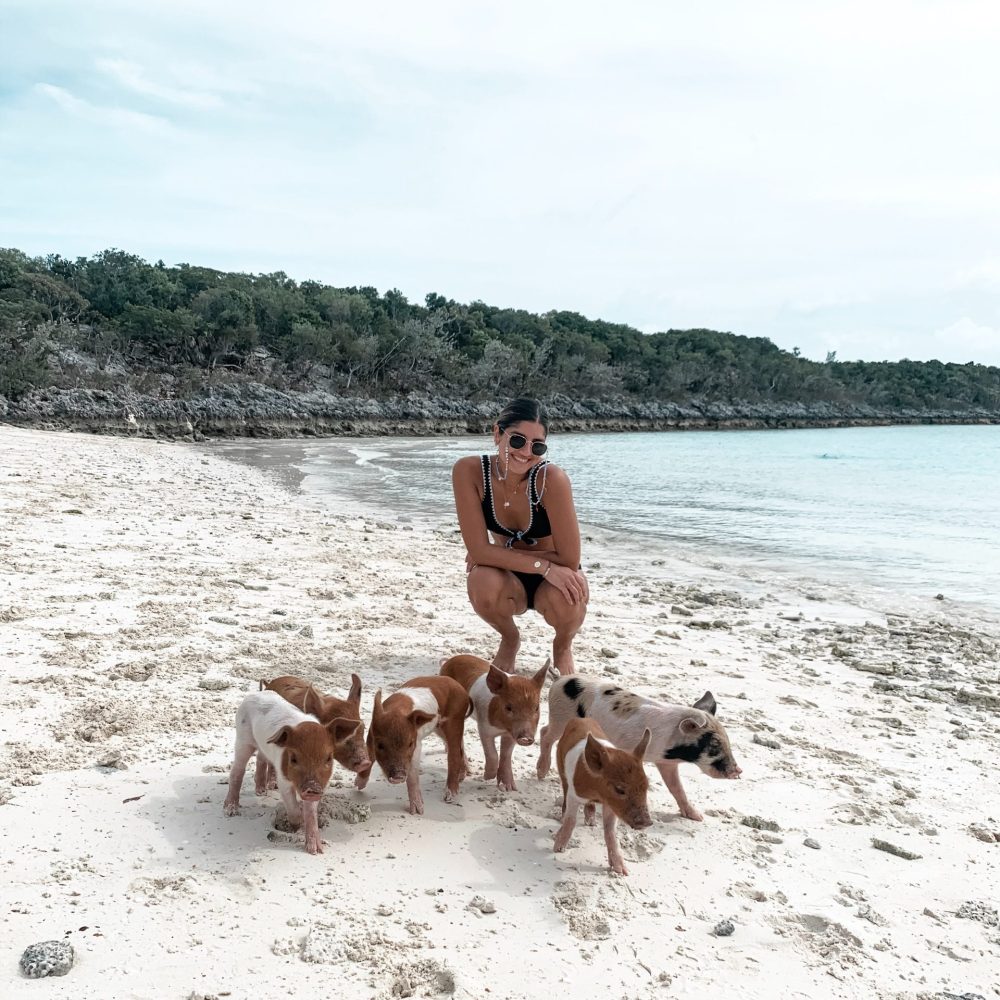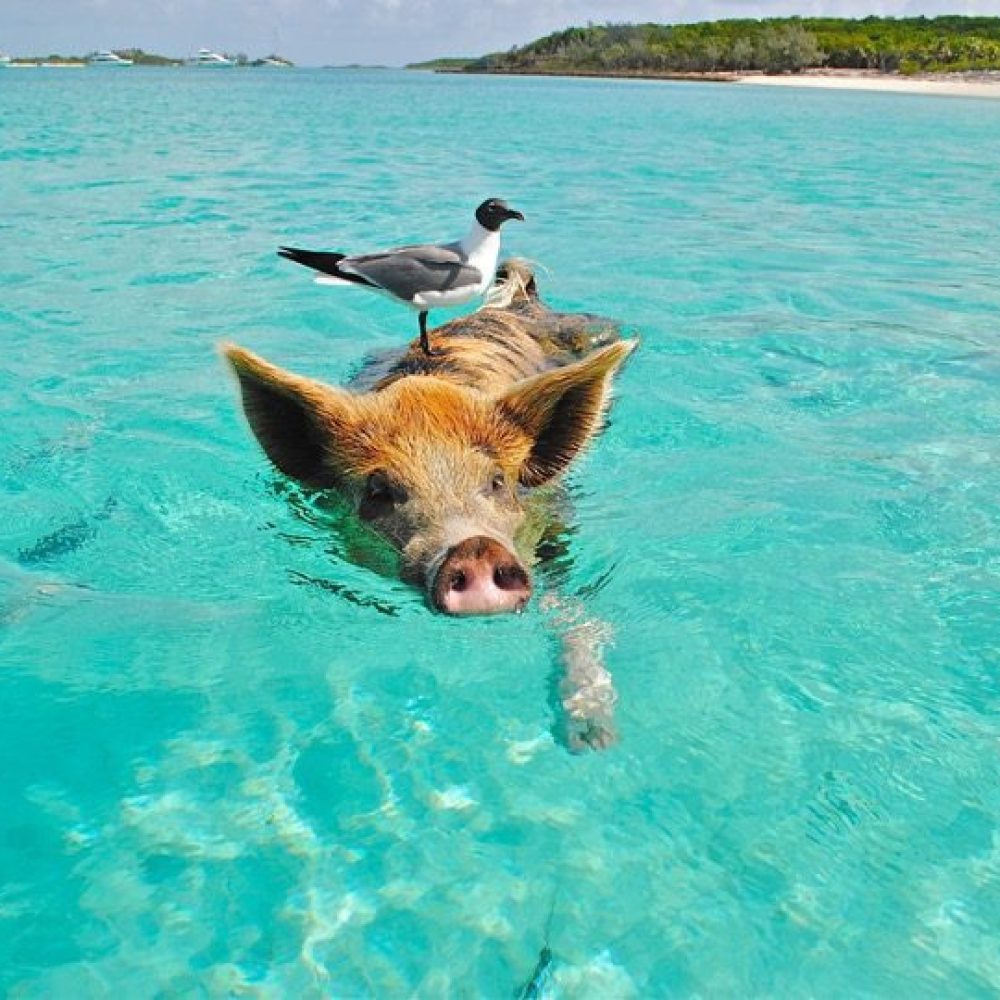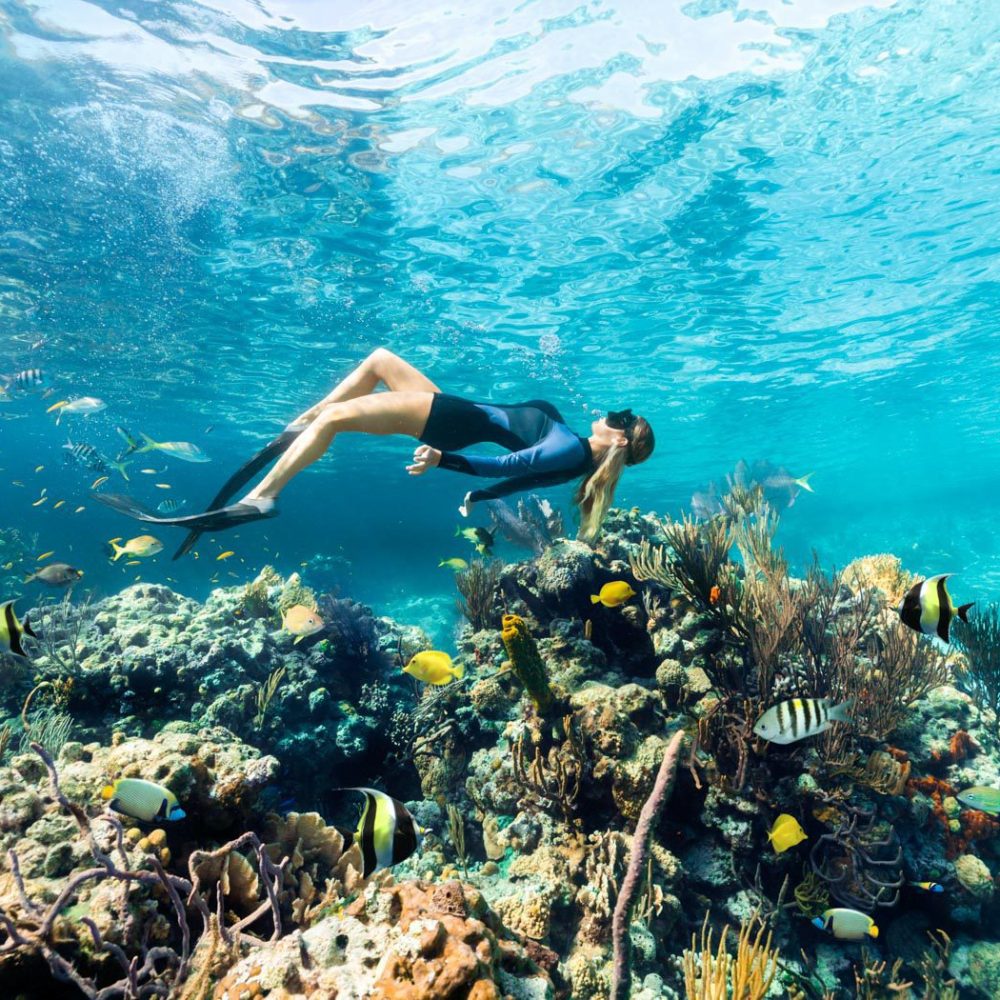Staniel Cay Adventures
Group Excursions
Exuma Cays Bahamas
Three Types of Group Excursions
Private Tour Options
Experience The Magical Adventure of The Exuma Cays
Join us for a magical Staniel Cay Adventure and you will have an experience like no other! Are you looking for something new and exciting? Then look no further than our list of unique tours that are not offered by anyone else. We at Staniel Cay Adventures have curated a list of activities for you that will surely get you excited.
Swimming Pigs Excursion From Nassau The Bahamas
Pricing
Group Tour $350 Per Person From Staniel Cay
$597 Per Person From Nassau
Children Under 7 Tour Free!
All prices exclude 10% VAT and a Credit Card Processing Fee of 5%
| DEPART | ARRIVE | FREQUENCY | SAME DAY ROUND TRIP FLIGHT |
|---|
| 8:00 AM | 8:45 AM | Daily | from Nassau Only $597. Children 6 and under $234 flight |
| 5:00 PM | 5:35 PM | Daily | All prices exclude 10% VAT and a Credit Card Processing Fee of 5% |
Pablo Escobar’s Adventure
Normans Cay is widely known as the stronghold for world-renowned drug kingpin Pablo Escobar and the base of his Caribbean drug trafficking operation. Just off the coast, we head to explore a submerged drug trafficking airplane that crashed shortly after takeoff.
Activities Include
Swimming in Rachel’s bubble bath, Snorkeling and exploring Rocky Dundas, Frolicking on Shroud cay sand bar, Snorkeling Pablo Escobar’s drug plane, and Enjoying lunch on Norman’s Cay at Mc Duffs.
This experience is available as a Private & Group Tour. For more details click on this Staniel Cay Adventures Experience here.
Mermaid Adventure
If you’re looking for a truly enchanting experience, come explore the Bahamian waters with Mermaid Melody. The beautiful boat ride will take you to some of the most secret and exciting attractions in the Exuma Cays. You’ll have a chance to snorkel alongside a sunken mermaid and piano, visit a turtle sanctuary, snorkel a sunken plane, walk inside an open cave near the “Fountain of Youth”, frolic on White Bay Beach, and enjoy a delicious local lunch in Black Point.
Mr Copperfield did a really cool thing back in 2011. He commissioned the famous underwater museum artist deCaires Taylor to sculpt a statue of a mermaid looking at a grand piano. He then sank the sculpture in about 13-15 feet of water off of Rudder Cay, which is just south of Musha Cay, and had a contest to see who could find it.
As you descend into this strange new world, you can see the Musician that was installed in 2011. The Musician is a stand-alone sculpture that includes a full-scale mermaid and Steinway concert grand piano replica. It is hidden underwater for snorkelers to discover near a private island owned by the illusionist David Copperfield. The piano plays soft music, similar to the sound of a whale or dolphin, as divers approach, and was constructed using 316 stainless steel. The mermaid, waiting to play, is made from pH-neutral cement to encourage marine growth.
Swimming Pigs Excursion has Seven Stops
The Swimming Pigs
In the middle of paradise, with billionaires and celebrities for neighbors, is an island populated only by swimming pigs. For decades, this archipelago of 365 islands would remain largely unknown to the world. It would not be a ruthless pirate, pioneering loyalists, a notorious drug kingpin, or the infamous Fyre Festival that would unveil Exuma to the world, but rather the most unlikely of creatures. Appearing in magazines, videos, newspapers, commercials, TV shows, and countless selfies, the Swimming Pigs of Exuma, in the Bahamas, have become a bucket-list sensation and have been named one of the marvels of the universe. Big Major Cay, is a daydream when you meet the inhabitants: loud, snorting pigs paddling out to greet you like a jolly bunch of golden retrievers rushing to the door when their owner finally gets home from a long day of work. The locals at Big Major’s “Pig Beach” are transplants rather than native islanders, just like many of the people you’ll meet in the area. And though they’ve clearly taken to their tropical digs and rising popularity — spurred in part by a dramatic appearance on “The Bachelor” and more than a few well-liked Instagram posts — the rewards of fame are free food. Most tours to the island start at 9 a.m. It’s best to go early in the morning for the most uninterrupted attention from the pigs. By late afternoon, you’ll usually find them tuckered out with full bellies, and they’re more likely to lounge in the sand than to paddle through the water with you.Does swimming with the sharks sound dangerous? This part of a tour can be loads of fun! Nurse sharks, the bottom-dwelling sharks that live in warm, shallow waters of the Bahamas are a friendly bunch. You’ll have plenty of opportunities to get up close at Compass Cay just north of Staniel Cay
The nurse sharks are – for the most part – harmless to swimmers and snorkelers.
Nurse sharks may have the ominous dorsal fin of a predator but they are much more easygoing than your average shark. These sharks are greyish-brown in appearance, reach 7.5 to 9.75 feet long, and weigh up to 300 pounds! Young nurse sharks can be identified by their spots. Nurse sharks feed on the fish, squid, and crabs of shallow ocean floors, and use their strong jaws to crush and eat shellfish, and even coral.
Is it safe to swim with nurse sharks?
A human fear of sharks is not without reason, but it just so happens that nurse sharks are laid-back and mostly harmless. That is why many divers and snorkelers visit the Bahamas to swim with sharks. Nurse sharks that live near marinas are fed by local fisherman and have grown accustomed to the presence of humans. This makes them much more friendly. Having your own day tour with Staniel Cay Adventures allows you to take advantage of every opportunity to swim with the nurse sharks.
Thunderball Grotto
Thunderball Grotto is located two minutes from Staniel Cay Exuma, offering an incredible underwater cave system is great for snorkeling and wading. You will experience a variety of friendly marine life along with brilliantly colored coral reefs and Sergeant Majors ,Yellow-tail snappers and Angel fish. We provide professionally maintained snorkeling equipment from our certified PADI Dive Master. The centerpiece of the Staniel Cay community is the famous and historic Staniel Cay Yacht Club; a luxury boutique hotel with over water bungalows, marina, restaurant and bar. With close proximity to Staniel Cay Yacht Club is known by some as the gateway to the Exumas. Staniel Cay Yacht Club is the perfect place to lunch and people watch.
The centerpiece of the Staniel Cay community is the famous and historic Staniel Cay Yacht Club; a luxury boutique hotel with over water bungalows, marina, restaurant and bar. With close proximity to Staniel Cay Yacht Club is known by some as the gateway to the Exumas. Staniel Cay Yacht Club is the perfect place to lunch and people watch. With sapphire-blue water everywhere, The Exumas are an exotic collection of dream destinations.
The white sand exquisiteness and tropical waters make for an excellent destination on any Bahamas day trip to the Exumas. It is just one of many attractions within the vicinity of Staniel Cay.
Staniel Cay Adventures stops at one of the most spectacular in the Bahamas. Enjoy the incredible shallow and narrow channels of crystal clear blues and stunning white sand beach that peek out of the water at low tide. You will see exotic life under the sea and experience quiet seclusion like you can’t get in other parts of the Bahamas.
The Exuma sandbars are the definition of an oasis deep in the Bahamas!
Swimming Pigs Tour Plane Wreck
The wreckage of one of Pablo and Carlos’ plane, lies just off of Staniel Cay in shallow water. We will anchor the boat and snorkel the most famous plane crash in the Bahamas.
Frequently Asked Questions
Need More Information? – Give us a call!
Info@StanielCayAdventures.com
Text or Call (242) 524-8062 and What’s App
We have licensed local captains that have all grown up in the Exuma Cays and have many years of experience.
Yes, we offer private charter trips. Please see the chart below.
When you land on Staniel Cay, we will be right there to greet you.
No, lunch is not included on the Swimming Pigs Staniel Cay Day Tour. We offer snacks, water, and soda.
Our boats have dry areas that we can stash your personal belongings during the tour.
Tips can vary depending on how many people are in your group.
Of course, you can! Email us or give us a call, and we can help if you want it to be a surprise.
Yes, every island accepts U.S. currency and Bahamian Currency. Bring enough money for souvenirs and $10.00 for swimming with the Compass Cay Pet Sharks.
- Fluffy Towels
- Water and soft drinks with lots of ice for those hot days
- Snacks
- Fish and Pig Snacks
- Sunscreen if needed
- Snorkeling gear that is professionally maintained
- Beach chairs and floats
- Phone Chargers and power supply
- Digital photos for download
- Local and experienced Boat Captain
You provide:
- Camera or smart phone
- Swim suit, hat and cover up for sun protection
- Cash for lunch, tips and $10 per person to swim with the pet sharks
- Not recommended for pregnant women
- Not accessible for the physically challenged
- Not recommended for people with back problems or who have had a recent back surgery
- Not recommended for people with respiratory or heart problems
- Not recommended for people with a recent arm/hand surgery
- Not handicapped accessible
The further out you book, the better chance of booking your preferred date. Staniel Cay Day Tours get booked fast make your booking in advance if you can't then email or call us and we will try to accommodate your schedule.
- Change of Clothes
- Swimsuit
- Camera
- Sunscreen
- Water Shoes
- No Jewelry
- Insect Repellent
Far far away, behind the word mountains, far from the countries Vokalia and Consonantia, there live the blind texts. Separated they live in Bookmarksgrove right at the coast
Wear appropriate weather gear and always have a swimsuit on underneath!
Yes! Call 1.242.524.8062
Tips are not required but are much appreciated; more than often, people provide tips to our captains.
We go out as long as the weather permits, depending on the water condition and how heavy the rainfall is we will try to make it out rain or shine. We do have rain protection if needed. It is rare to have a full day of rain.
